The bible has for centuries been a source of inspiration and influence for art in all its forms. The canonical collection of texts sacred to Abrahamic religions has indeed inspired some of the world’s greatest known works of art.
Israeli photographer Dikla Laor has worked for six years to bring the stories of female biblical figures to life through the camera lens, embarking on a unique project to imagine these characters’ appearances, dress, and demeanor against breathtaking backdrops. Her “Biblical Women Series” includes the “first woman,” Eve, the Jewish matriarchs – Sarah, Rivka (Rebecca), Leah and Rachel – Lot’s wife, the Queen of Sheba, the prophetess Deborah, and Jezebel, among over 40 such photographs.
Laor tells NoCamels that she can spend months, and sometimes years, thinking about a female biblical figure and trying to conjure up a frame of what a photograph of her would look like. She works with an index of female figures from the bible and spends considerable time researching and reading about a chosen figure, in commentaries, modern literature, even poetry. She says she is most influenced by the texts of the midrash, the rabbinic interpretation, by the Jewish sages.

Dikla Laor’s Eve. Courtesy
״Now the serpent was more subtle than any beast of the field which the LORD God had made. And he said unto the woman: ‘Yea, hath God said: Ye shall not eat of any tree of the garden?״ Genesis 3;1
“There are so many female figures in the Bible,” she says. “Each one is a figure with a story; even seemingly secondary characters who are only mentioned by name or by the name of their father, are granted a place in the stories of our sages, where they are given body and context. There are no ‘wasted’ words in the Bible; if it was mentioned, even if in name only – it has meaning.”
Laor shoots in the Golan Heights where she has lived since 2005, and mainly in the summer when the earth is somewhat scorched, giving some of her photographs a desert-like look. She says she typically knows exactly what she is looking for in a given frame, from what the subject will look like, what she’ll wear, what she’ll be doing, and what background she wants.
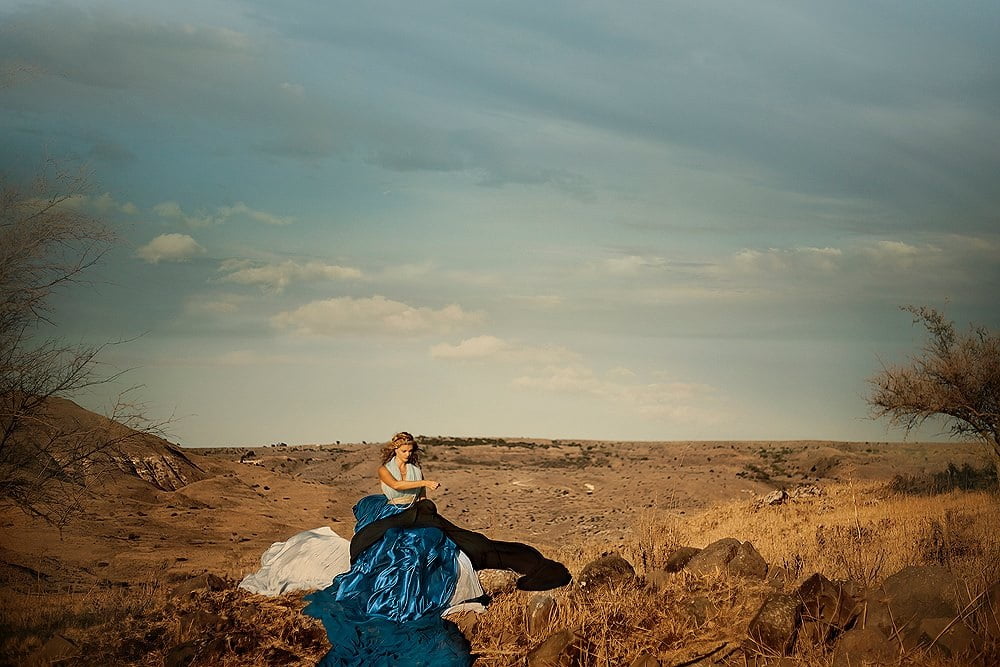
Dikla Laor’s Hanna, Samuel’s mother. Courtesy
״Moreover his mother made him a little robe, and brought it to him from year to year, when she came up with her husband to offer the yearly sacrifice.״ Samuel 1:2;19
Laor does all the styling for her photos, working with real women, not models, and choosing the fabrics and the colors carefully. Most of the women in the photographs, she’s known personally, and some have been recruited by a stroke of luck.
She encountered her “Queen of Sheba” following a minor car accident. “I knew immediately that it was her,” she tells NoCamels.
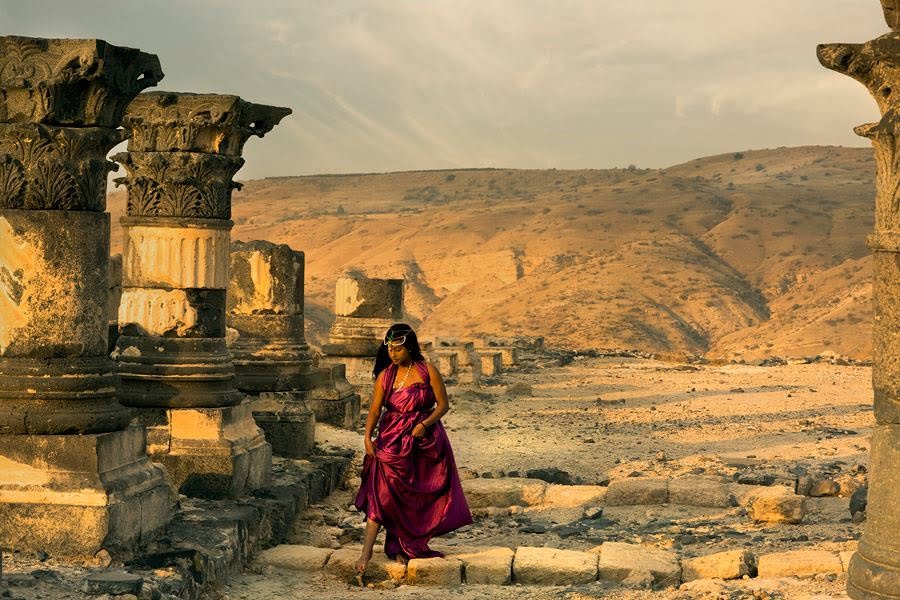
Dikla Laor’s Queen of Sheba. Courtesy
״And when the queen of Sheba heard of the fame of Solomon because of the name of the LORD, she came to prove him with hard question.״ Kings 10;1
Laor says she has been most affected by art in the Renaissance and the Baroque periods and the dream-like features of the images reflect this influence. “You can see it in the body gestures of those photographed, and the movement of the fabrics. The play of light and color is directly affected by the paintings from those periods,” she explains.
“Mostly I love to photograph women. For me, a woman is the essence of existence, who is containing, has all the beauty and procreation, childishness, femininity, and maternity,” she writes on her site. Each photograph is accompanied by a biblical verse related to the character.
Sign up for our free weekly newsletter
Subscribe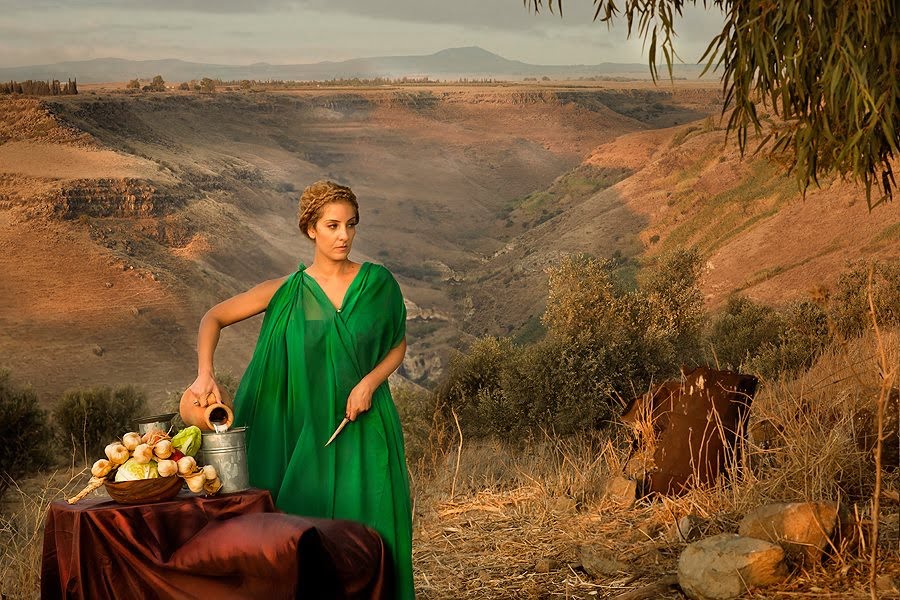
Dikla Laor’s Jael. Courtesy
“And Jael went out to meet Sisera, and said unto him: ‘Turn in, my lord, turn in to me; fear not.’ And he turned in unto her into the tent, and she covered him with a rug.” Judges 4;18
The experience has been transformational, she says. “It is commonly thought that the bible was written by men, and from a patriarchal point of view, is clearly a book of men – the heroes in the book are the kings, the prophets, the judges … and the women by their side are represented in a small and unequal manner, sometimes without a name at all. The imbalance is also numerically expressed: less female figures and fewer words,” she writes.
But an in-depth study reveals “that an entire essence is hidden in every feminine performance in the bible, even for a fraction of a verse.”
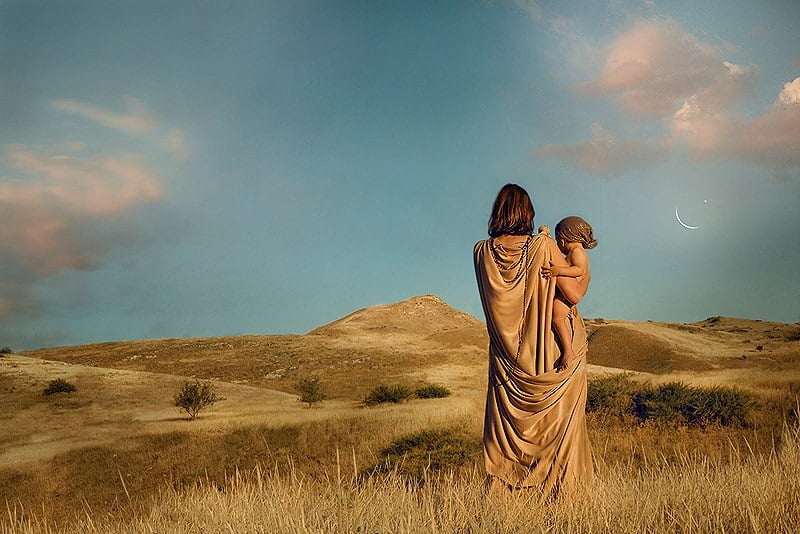
Dikla Laor’s Hagar and Ishmael. Courtesy
״And God heard the voice of the lad; and the angel of God called to Hagar out of heaven, and said unto her: ‘What aileth thee, Hagar? fear not; for God hath heard the voice of the lad where he is.״ Genesis 21;17
“By studying a woman’s role and place in daily life, I learned that they determine the essential destinies of men and the families in their lives. Behind each man there is a ‘small’ female figure pulling strings, swaying and influencing,” she explains, adding that each figure “is not afraid, and is characterized by the sanctification of the goal for good and for bad by means of seduction, manipulation, deceit, and also by being a mother, wife, lover, desirable, strong, weak, sometimes heartbreakingly beautiful, always wise and forward thinking. In all of these characteristics lie her strength and charm.”
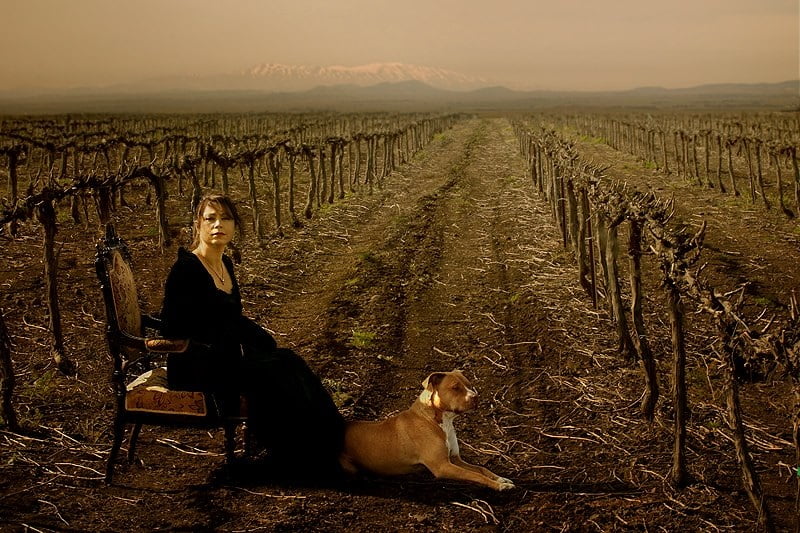
Dikla Laor’s Jezebel. Courtesy
“Then Jezebel his wife said unto him, Dost thou now govern the kingdom of Israel? Up, eat bread, and be of good cheer, I will give thee the vineyard of Naboth the Jezreelite.” Kings 1 21;7
In her current series, says Laor, she chose to “retell their biblical story, this time through them, front and center, and to illuminate them through the camera as saviors, women who were historically vital, strong women acting according to their will or prophecy, women who gave birth, vigorous, influencers – they were mothers!”
Laor tells NoCamels she is now working on a book focused on the photographs, expected to be available by Spring.
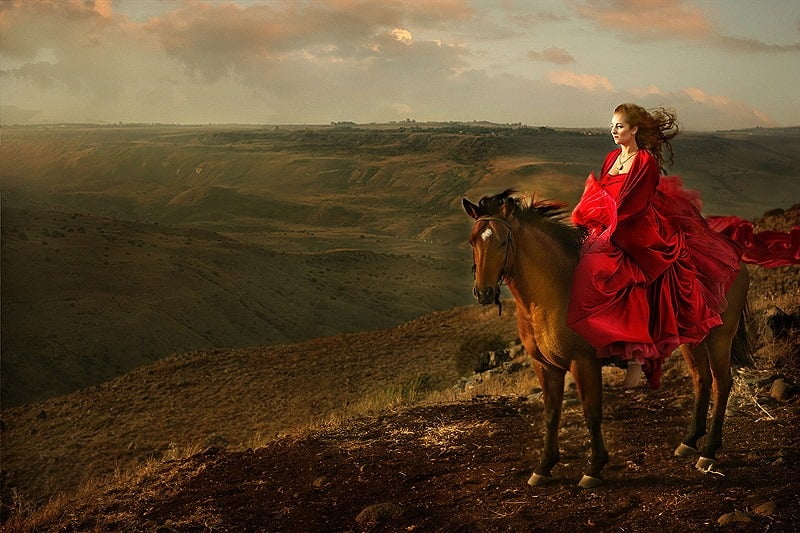
Dikla Laor’s Deborah. Courtesy
“If thou wilt go with me, then I will go; but if thou wilt not go with me, I will not go.”
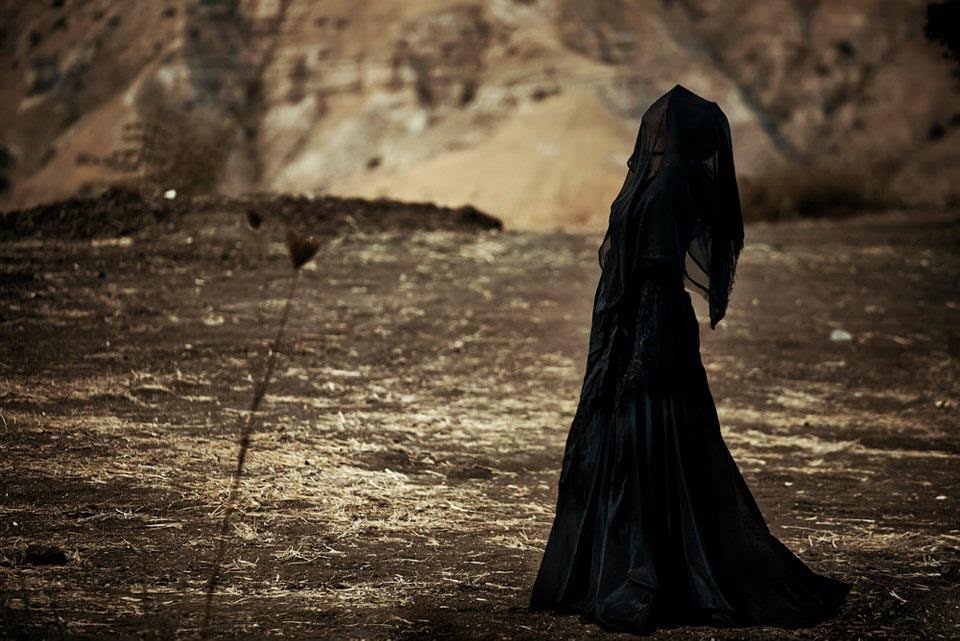
Dikla Laor’s Job’s Wife. Courtesy
Dost thou still hold fast thine integrity? blaspheme God, and die.’ Job 2:9
The rest of the beautiful series can be found here.
Related posts

Rehabilitation Nation: Israeli Innovation On Road To Healing

Israeli High-Tech Sector 'Still Good' Despite Year Of War


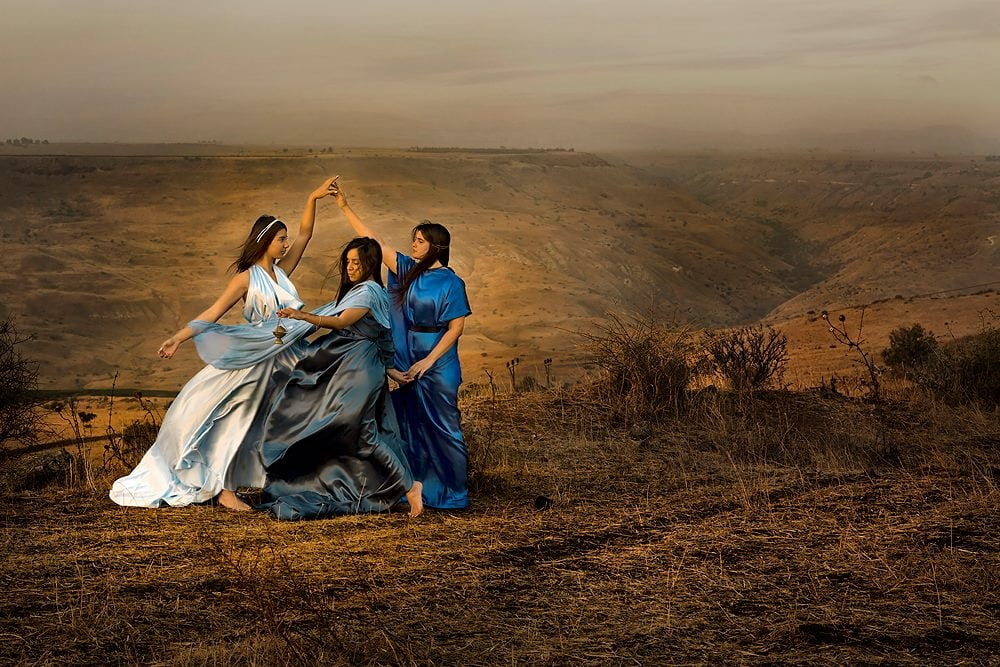


Facebook comments